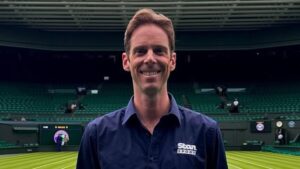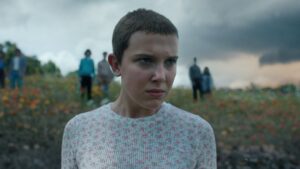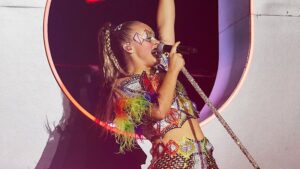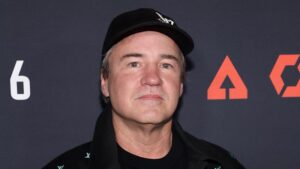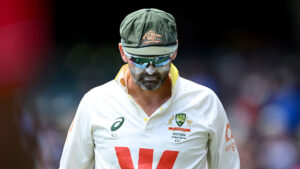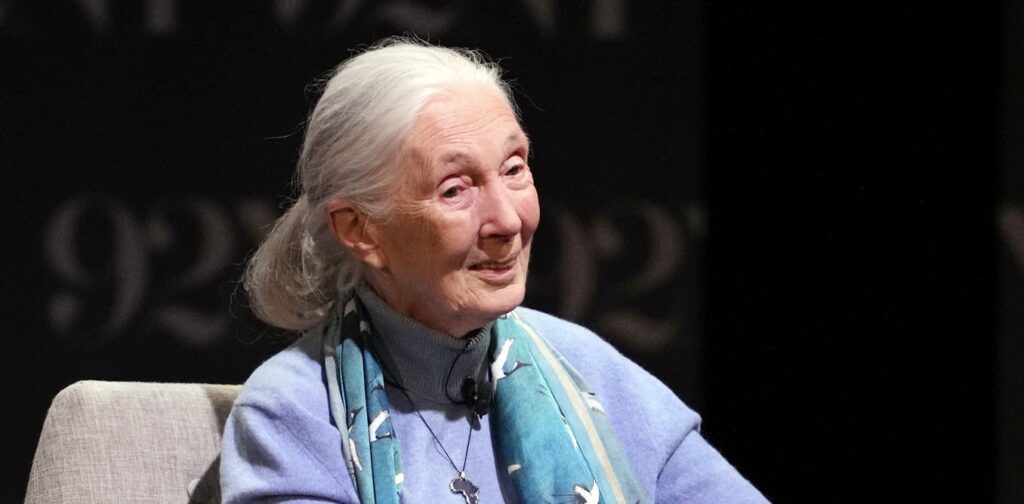
Anyone proposing to offer a master class on changing the world for the better, without becoming negative, cynical, angry, or narrow-minded in the process, could model their advice on the life and work of pioneering animal behavior scholar Jane Goodall. Her journey stretched from marveling at the creatures in her English backyard as a wide-eyed girl in the 1930s to challenging the very definition of what it means to be human through her research on chimpanzees in Tanzania. Goodall went on to become a global icon and a United Nations Messenger of Peace.
Until her death on October 1, 2025, at the age of 91, Goodall retained a charm, open-mindedness, optimism, and wonder more typical of children. To the public, she was a world-renowned scientist and icon. To those who knew her personally, she was simply Jane—a mentor and friend. Despite the massive changes she wrought in the world of science, upending the study of animal behavior, Goodall was always cheerful, encouraging, and inspiring. She was a gentle disrupter, making everyone feel they have the power to change the world.
Discovering Tool Use in Animals
In her pioneering studies in the lush rainforest of Tanzania’s Gombe Stream Game Reserve, now a national park, Goodall noted that the most successful chimp leaders were gentle, caring, and familial. Males that tried to rule by asserting dominance through violence and threat did not last. Goodall’s groundbreaking observations of chimpanzees at Gombe were part of the preliminary studies of many primatologists, including myself.
She famously recorded chimps taking long pieces of grass and inserting them into termite nests to “fish” for insects to eat, a behavior no one had previously observed. This was the first time an animal had been seen using a tool, a discovery that altered how scientists differentiated between humanity and the rest of the animal kingdom.
“Now we must redefine tool, redefine Man, or accept chimpanzees as human.” — Louis Leakey
Renowned anthropologist Louis Leakey chose Goodall for this work precisely because she was not formally trained. When she arrived at Leakey’s office in Tanzania in 1957, at age 23, Leakey initially hired her as his secretary, but soon spotted her potential and encouraged her to study chimpanzees. Leakey wanted someone with an open mind, something he believed most scientists lost over the course of their formal training.
Confidence in Her Path
Goodall was persuasive, powerful, and determined, often advising others not to succumb to criticism. Her path to groundbreaking discoveries did not involve stepping on people or elbowing competitors aside. Rather, her journey to Africa was motivated by wonder, love of animals, and a powerful imagination. As a child, she was entranced by Edgar Rice Burroughs’ “Tarzan of the Apes,” and joked that Tarzan married the wrong Jane.
When I was a 23-year-old former NFL cheerleader with no scientific background, I looked at Goodall’s work and imagined that I, too, could be like her. In large part because of her, I became a primatologist, co-discovered a new species of lemur in Madagascar, and have had an amazing career as a National Geographic explorer.
Storyteller and Teacher
Goodall was an incredible storyteller, seeing it as the most successful way to help people understand the true nature of animals. With compelling imagery, she shared extraordinary stories about the intelligence of animals, from apes and dolphins to rats and birds, and, of course, the octopus. She inspired many, including myself, to become a wildlife correspondent for National Geographic, sharing the stories and plights of endangered animals worldwide.
Goodall inspired and advised world leaders, celebrities, scientists, and conservationists, touching the lives of millions of children. Through the Jane Goodall Institute, which engages people globally in conservation, she launched Roots & Shoots, a youth program operating in over 60 countries. The program teaches children about connections between people, animals, and the environment, and ways to engage locally to help all three.
“The greatest danger to our future is our apathy. Each one of us must take responsibility for our own lives, and above all, show respect and love for living things around us, especially each other.” — Jane Goodall
Jane Goodall’s radical notion of respect and love for living things marks her as a one-of-a-kind scientist, whose legacy will continue to inspire future generations.


